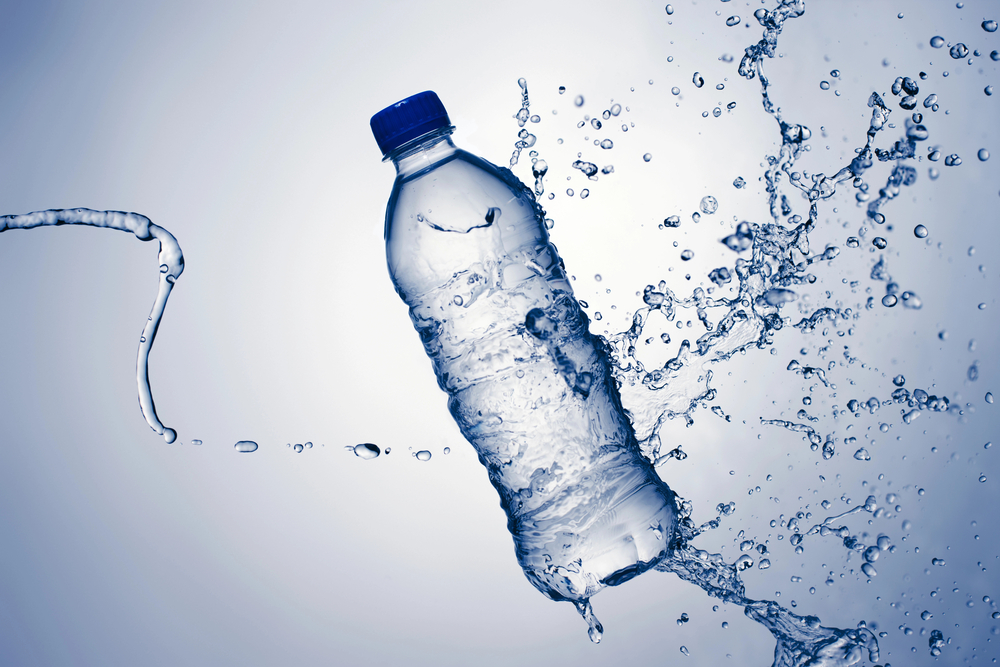A groundbreaking study reveals an alarming volume of nanoplastics in bottled water, surpassing previous estimates. These tiny particles pose unseen health risks, entering human cells and impacting organs, urging urgent reevaluation of plastic pollution’s impact.
The ubiquity of plastic pollution has long concerned environmentalists and health experts. A recent study, published by Proceedings of the National Academy of Sciences and reported by Bloomberg, unveils a startling revelation about the levels of nanoplastics found in bottled water in the US.
The study, pioneering in its assessment of nanoplastics, unveils that a typical one-liter bottle of water contains approximately 240,000 plastic fragments on average, most of them below 1 micrometer in length—small enough to infiltrate human cells and the bloodstream.
The use of a groundbreaking microscopy technique enabled the identification of 110,000 to 370,000 tiny plastic particles per liter in bottled water, marking a significant escalation in estimated plastic presence compared to earlier studies that focused only on microplastics.
Nanoplastics’ perilous nature lies in their ability to breach human cells, entering the bloodstream, and impacting organs, even crossing the placenta to reach unborn babies. Prior to this study, the detection of nanoplastics had been a challenge due to technological limitations.
The researchers, led by Naixin Qian and Beizhan Yan from Columbia University, pioneered an innovative approach using microscopy techniques to scrutinize water bottles from popular brands. Their breakthrough method revealed an alarming prevalence of nanoplastics, opening new vistas for understanding plastic pollution’s finer, more hazardous dimensions.
The implications of nanoplastics’ infiltration into bottled water are profound. These findings shed light on a previously unexplored realm of plastic pollution, necessitating urgent attention and reevaluation of plastic usage, disposal, and its pervasive presence in consumer products.
The research underscores the immediate need for comprehensive reevaluation and regulation of plastic usage, disposal, and its impact on consumer products like bottled water. The potential health risks associated with nanoplastics demand swift and rigorous measures to address plastic pollution at its root.
In conclusion, the study’s revelations about the overwhelming presence of nanoplastics in bottled water signify a critical milestone in understanding the extent of plastic pollution’s penetration into human consumption. As scientists delve deeper, it becomes evident that the urgency to mitigate plastic pollution’s impact cannot be overstated.
This article draws from the pioneering study published in the Proceedings of the National Academy of Sciences and reported by Bloomberg, led by researchers from Columbia University, who have advanced our understanding of nanoplastics’ prevalence in bottled water and its potential health implications.



